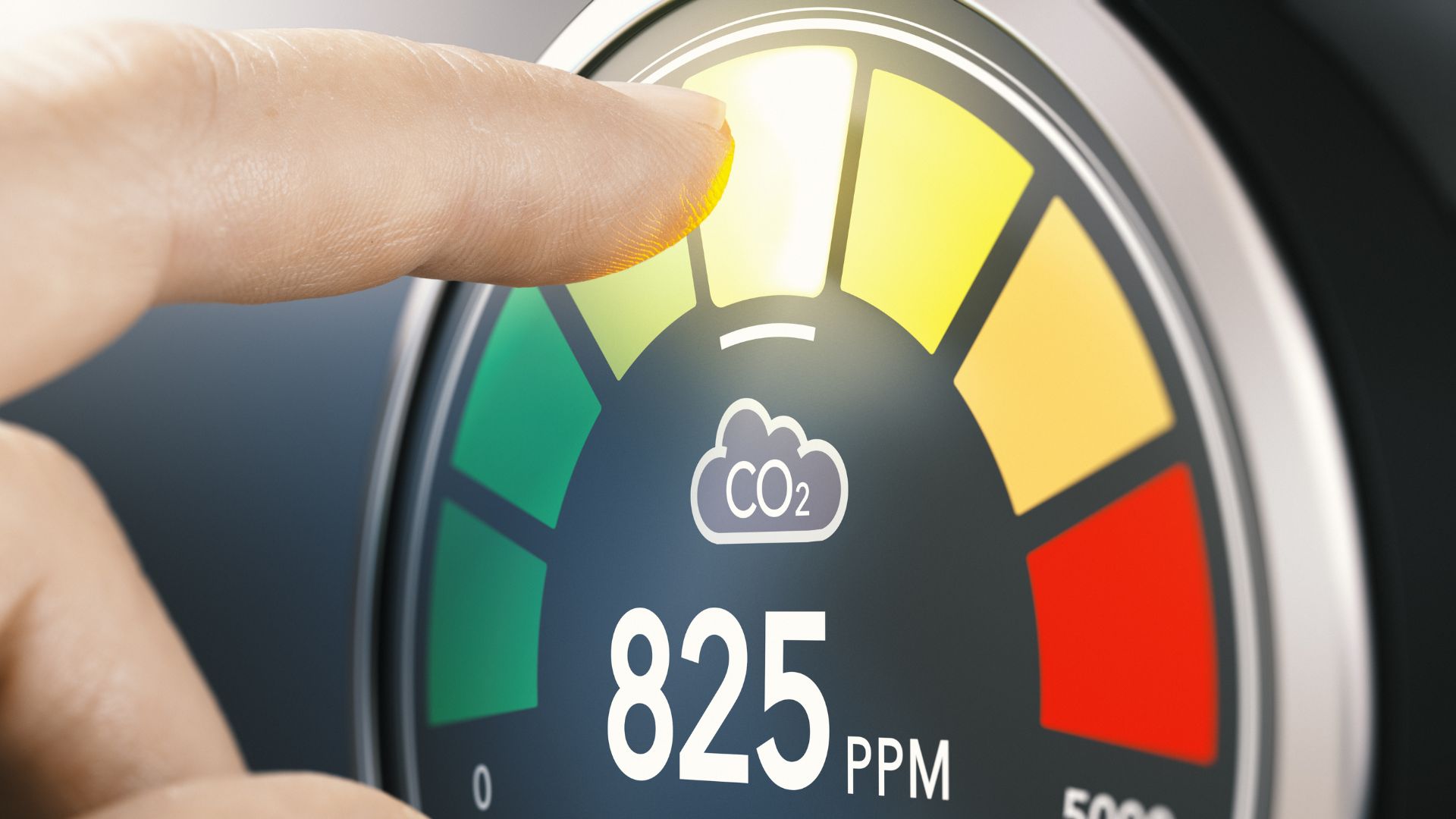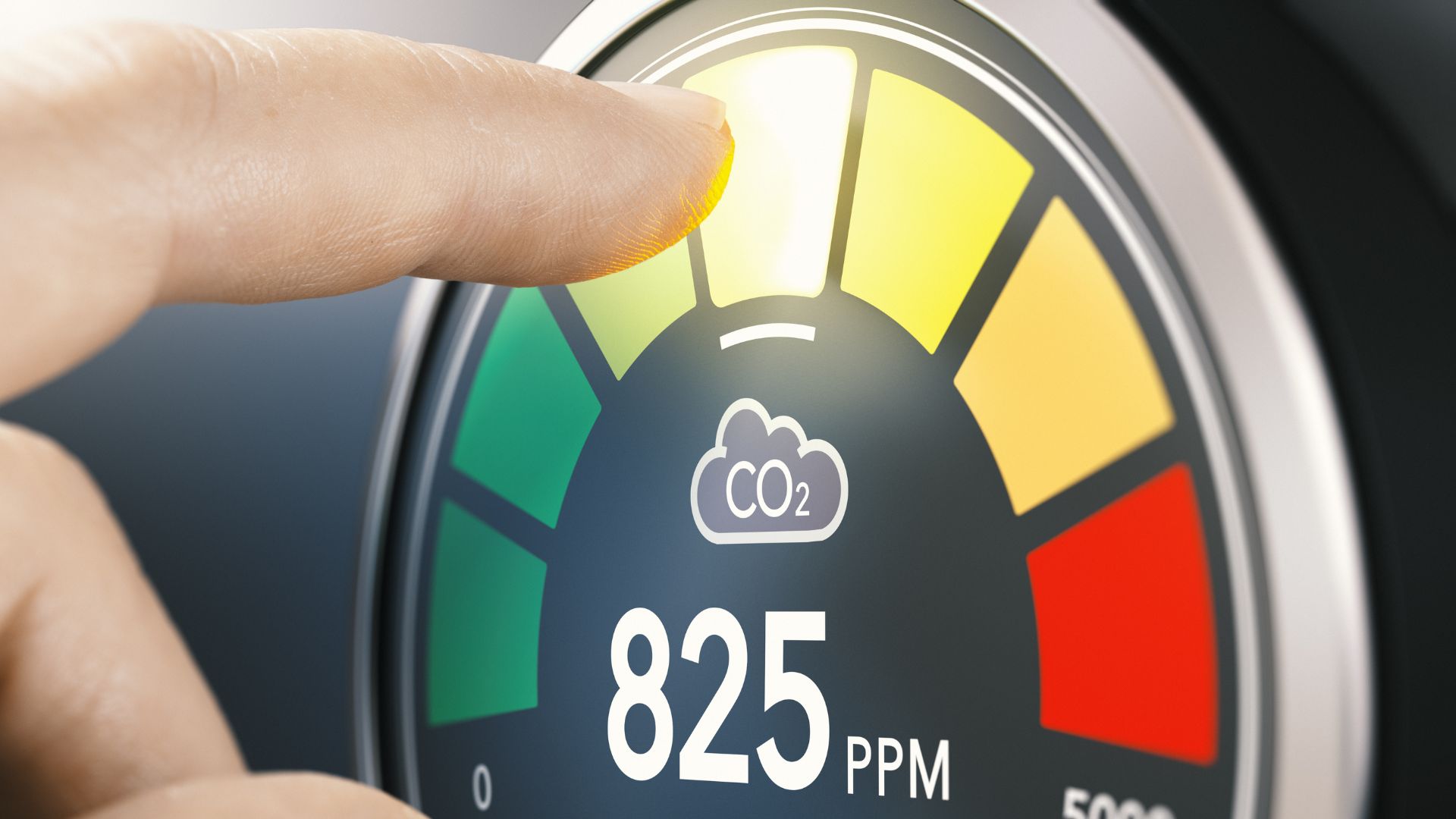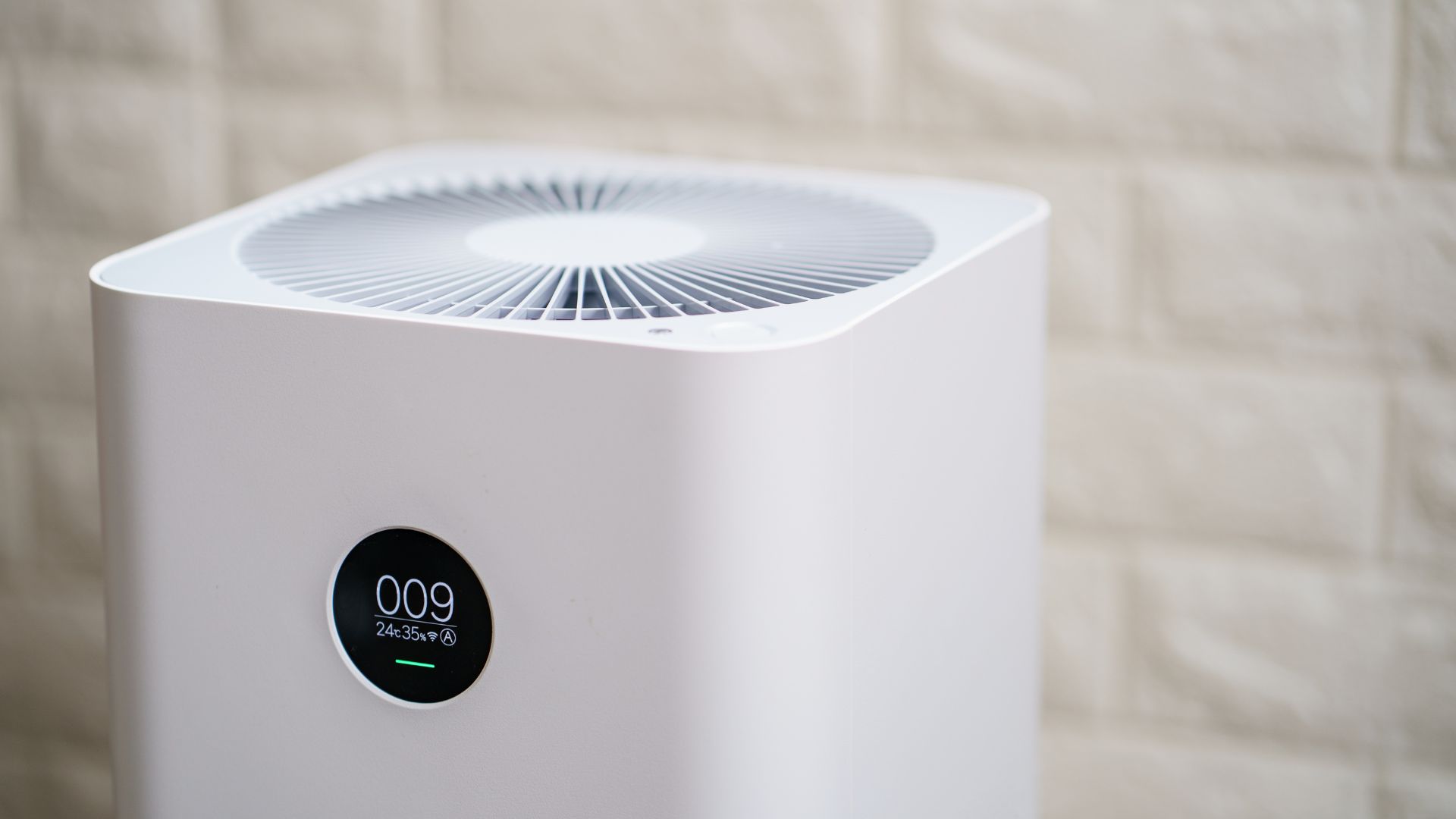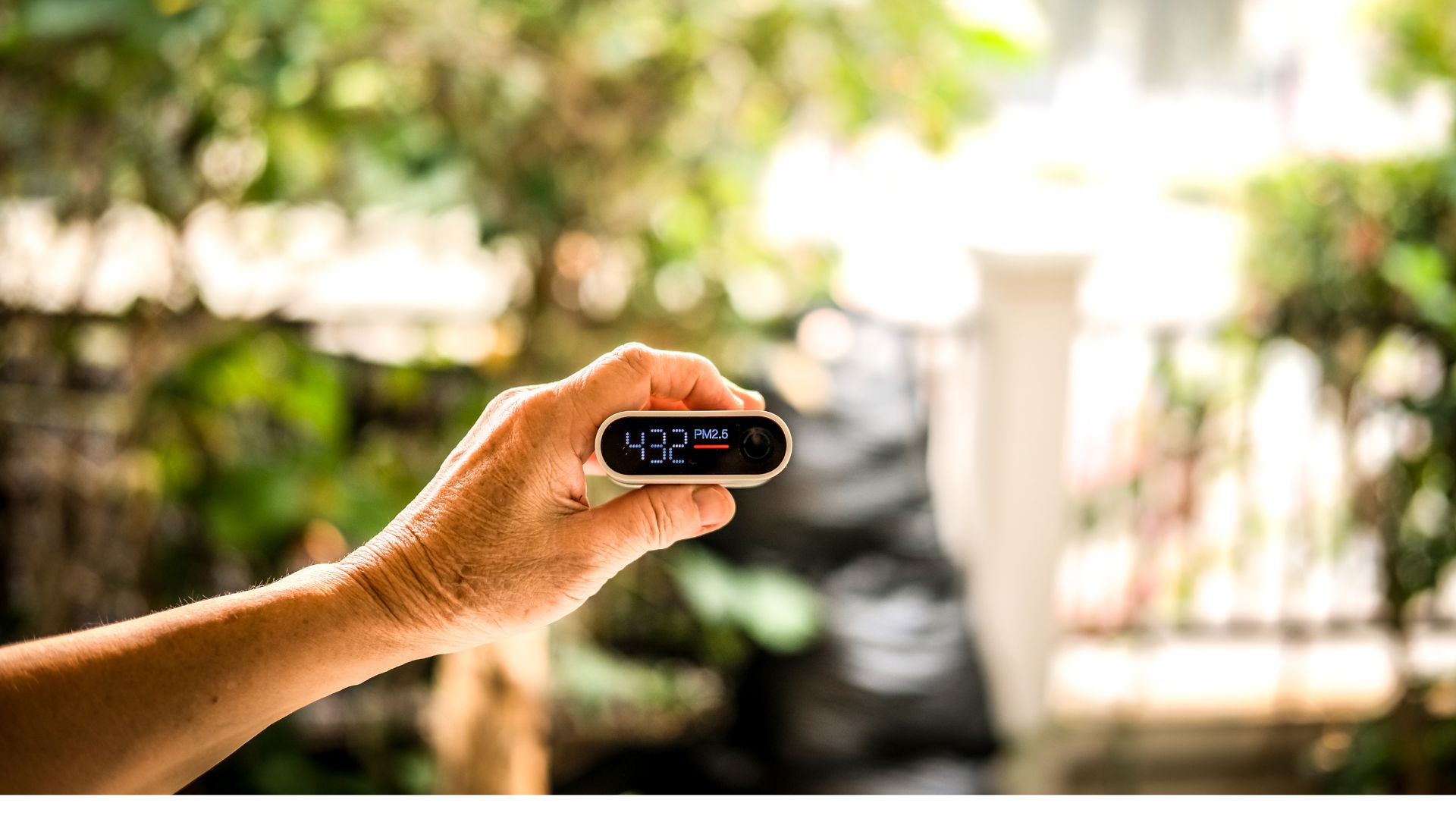Exploring Chemical Sensors for Air Quality Monitoring

Air quality monitoring has become a critical focus for cities, industries, and environmental organizations. Chemical sensors play a vital role in detecting pollutants and ensuring clean air for both urban and rural areas.

How Chemical Sensors Work
Chemical sensors detect airborne pollutants by analyzing the composition of gases and particulates in the atmosphere. These sensors use electrochemical, optical, and semiconductor-based technologies to measure concentrations of harmful substances.

Key Pollutants Detected by Chemical Sensors
- Carbon Monoxide (CO): A dangerous gas emitted by vehicles and industrial processes.
- Nitrogen Dioxide (NO₂): A major component of urban smog.
- Sulfur Dioxide (SO₂): A pollutant from burning fossil fuels.
- Volatile Organic Compounds (VOCs): Emitted from household products and industrial chemicals.
Applications in Smart Cities and Industries
Smart cities use chemical sensors in air quality monitoring networks to detect pollution trends and improve urban planning. Industries rely on these sensors to comply with environmental regulations and protect worker health.

Future Developments in Air Quality Sensors
Advancements in miniaturized sensors and AI-driven analysis are making air quality monitoring more accessible. As technology improves, these sensors will become more efficient and widely adopted for environmental protection.


